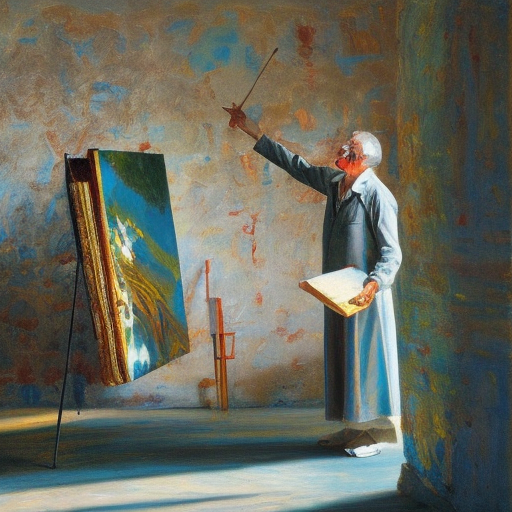Renaissance: A Cultural and Artistic Rebirth
The Renaissance was a period of cultural and artistic rebirth that spanned from the 14th to the 17th century in Europe. It was characterized by a renewed interest in the classical knowledge of ancient Greece and Rome, as well as a shift towards humanism and individualism. This period witnessed significant advancements in various fields, including art, literature, science, and philosophy, which laid the foundation for the modern world.
Humanism and the Rediscovery of Classical Knowledge
One of the defining features of the Renaissance was the revival of humanism. Humanists emphasized the importance of human potential and achievements, focusing on the individual rather than solely on religious matters. They sought to reconcile Christian beliefs with the wisdom of the ancient world. This led to a renewed interest in the study of classical texts, such as those by Plato, Aristotle, and Cicero, which had been largely neglected during the Middle Ages.
Artistic Achievements and the Rise of the Renaissance Man
The Renaissance witnessed a remarkable flourishing of artistic expression. Artists such as Leonardo da Vinci, Michelangelo, and Raphael created masterpieces that continue to captivate audiences today. These artists embraced the concept of the “Renaissance man,” an individual who excelled in multiple fields, including art, science, and literature. Their works reflected a newfound emphasis on realism, perspective, and human anatomy, breaking away from the stylized forms of the medieval period.
The Impact of the Printing Press
The invention of the printing press by Johannes Gutenberg in the mid-15th century revolutionized the dissemination of knowledge. The printing press allowed for the mass production of books, making them more accessible and affordable. This led to an explosion of literacy and the spread of ideas throughout Europe. The availability of printed materials played a crucial role in the dissemination of Renaissance ideals and the advancement of scientific and philosophical thought.
Scientific Advancements and the Age of Exploration
The Renaissance was also a time of significant scientific progress. Scholars such as Nicolaus Copernicus, Galileo Galilei, and Isaac Newton challenged traditional beliefs about the universe and laid the groundwork for modern scientific inquiry. The development of new navigational instruments and shipbuilding techniques during this period also fueled the Age of Exploration, as European explorers ventured to new lands in search of wealth and knowledge.
The Influence of the Renaissance on Society and Culture
The Renaissance had a profound impact on society and culture. It marked a shift towards secularism and a greater emphasis on individualism and personal achievement. The rise of the middle class and the patronage of wealthy merchants and nobles supported the flourishing of the arts and sciences. The Renaissance also witnessed the emergence of new forms of literature, including the sonnet and the novel, and the development of new musical styles, such as polyphony.
The Legacy of the Renaissance
The legacy of the Renaissance can still be felt today. It laid the foundation for the modern world by challenging traditional beliefs, fostering scientific inquiry, and promoting humanistic values. The Renaissance also paved the way for the Enlightenment, a period of intellectual and cultural transformation that followed in the 18th century. The ideas and achievements of the Renaissance continue to inspire and shape our understanding of art, culture, and the human experience.












